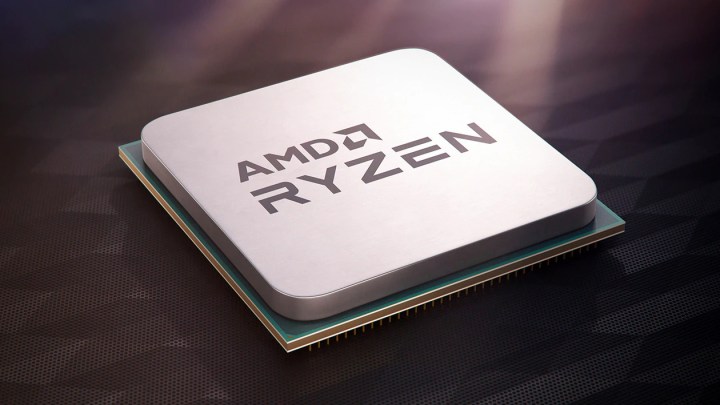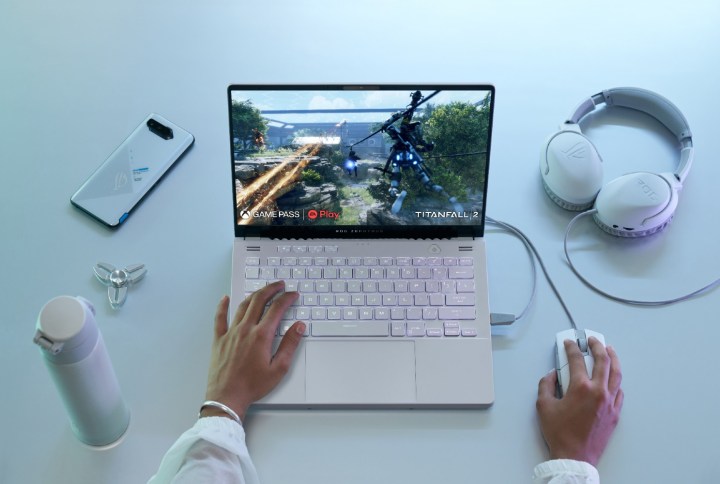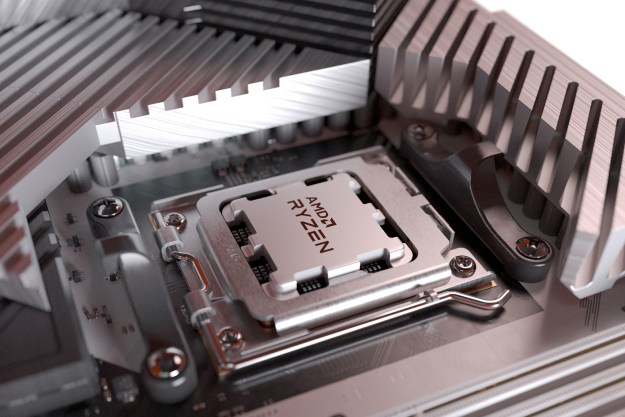A few months after the initial release of AMD’s Zen 3+ mobile processors, the CPUs are still scarcely found in laptops.
Only 11 notebooks are currently using AMD’s latest mobile chips. Is this slow adoption the result of supply constraints or are there other reasons why laptop manufacturers haven’t picked up AMD Zen 3+?

‘Rembrandt’ lags
The AMD Ryzen 6000 mobile lineup of CPUs, code-named “Rembrandt,” launched over four months ago. To call the new range of processors competitive would not be a stretch at all. The chips offer some great specifications combined with a balanced power draw that makes them more energy efficient than their Alder Lake counterparts.
AMD has a fair number of different chips in the Zen 3+ line, ranging from CPUs focused on balancing power consumption and performance (Ryzen 5 6600U and Ryzen 7 6800U) to options that prioritize performance. Even those chips, divided into HX, HS, and H series, maintain the TDP at a fairly agreeable maximum of 45-plus watts.
The lineup covers more entry-level models such as the Ryzen 5 6600HS, all the way up to the high-end Ryzen 9 6980HX that brings the clock speeds to up to 5.0GHz. In theory, there should be plenty of options to choose from, and these CPUs should be able to find a home in some of the best gaming laptops, as well as slim notebooks made for working on the go.
Although benchmarks are still pretty scarce, AMD made some promises as to the performance of these chips upon announcing them. The Rembrandt microarchitecture was said to deliver an up to 1.3X increase in performance over the previous Ryzen 5000 lineup. Perhaps more importantly, it purportedly delivers a huge 2.62x increase in performance-per-watt over Alder Lake CPUs.
Tom’s Hardware compared the performance of the AMD Ryzen 6900HS to the Intel Core i9-12700H, and the results were favorable for AMD. The processor, housed inside the Asus ROG Zephyrus G14, stood its ground in terms of performance while delivering a huge increase in battery life. Compared to the Alienware x14 and the Gigabyte Aorus 17 (both with Intel Core i7-12700H), the battery gains were tremendous — Asus ROG Zephyrus G14 managed to last over 10 hours on one charge, while the Intel counterparts maxed out at around five hours.

AMD not talking
While it doesn’t bring us into the next generation of chips just yet, the new AMD tech sounds pretty impressive. However, for some reason, the adoption of Zen 3+ technology in laptops has been really slow so far.
ComputerBase reported that only 11 notebooks currently utilize the new AMD mobile offerings. Four months after the launch, that’s less than we’d expect. Asus has been the number one manufacturer to adopt Zen 3+ processors into its laptops, with eight new systems, while Lenovo, Razer, and Alienware only have one each. Strangely enough, not a single manufacturer has picked up the power-efficient AMD 6000U series just yet.
AMD itself hasn’t commented on why exactly its new Zen 3+ mobile CPUs are so difficult to come by. We are still in the midst of a chip shortage, and as AMD relies entirely on TSMC to create these chips, problems with the supply chain could force laptop manufacturers to turn to other options for the time being.
Another possible reason could be that manufacturers are already gearing up for next-gen chips instead. Intel will be releasing Raptor Lake processors this year, and AMD is also slated to launch Zen 4 in the third or fourth quarter of 2022. However, these chips may not come straight to laptops, so it seems there is no reason why more manufacturers wouldn’t want to give the customers access to the (still competitive) Zen 3 refresh. AMD has also recently released a successful refresh of Zen 3 desktop CPUs, including the outstanding AMD Ryzen 7 5800X3D, but those chips can be used in DIY builds, so their adoption is more difficult to measure.
Without official word from AMD, it’s hard to tell just why the adoption of the Zen 3+ mobile lineup hasn’t been impressive. As the chips seem to have a lot to offer, it’d be great to see them popping up in more of the best laptops in 2022. Fortunately, it seems that we may see a lot more of these laptops in the coming months, so hopefully, by the end of the year, the market will have a much larger supply of Zen 3+ laptops.
Editors' Recommendations
- 4 CPUs you should buy instead of the Ryzen 7 7800X3D
- AMD makes older PCs more upgradeable once again
- Nice try, Intel, but AMD 3D V-Cache chips still win
- AMD’s new Ryzen 8040 CPUs aren’t all that new
- The success of AMD’s FSR 3 hinges on this one feature





